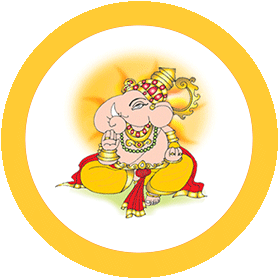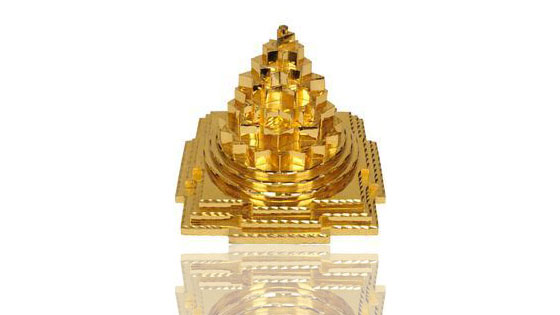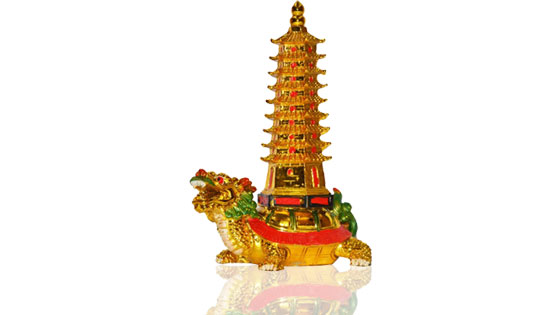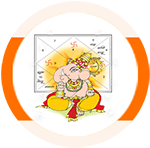What is Vipassana Meditation?

Vipassana meditation can lead you to path of success
Vipassana meditation is very different in the sense that it only tells you to focus at present. You have to practice to live only at present moment. It trains you to live in the present. Your mind is attuned in such a way that whatever comes to your mind through six senses you become aware of that and you can control the flow of thought. Vipassana was long lost and it was rediscovered by none other than Gautam Buddha. He helped millions of people through this meditation technique and he even spread it to Sri Lanka, Myanmar and Thailand and wherever Buddhism went. After Buddha it again disappeared after five centuries. But, some of the teachers maintained purity of teachings in Myanmar and they worked tremendously to conserve purity of Vipassana meditation process.
Through, the constant observation of things happening around, you gradually start experiencing the effects of various things on the mind and body and this helps you to understand your true self. Everybody desires to gain focus on the things he does. But, it is very difficult as unnecessary thoughts may derail you from desired path of concentration.
If you can keep your mind focused on any particular thing you can be concentrated. You can get the necessary concentration. But you will find that in the beginning that is very difficult to do even for a short time. That is because you are dealing with the mind which is very unruly and difficult to control.
Practice of Vipassana
Vipassana training involves three stages. In the first stage you practice to avoid those actions that harm. You practice high ethical behavior and completely abstain from killing, lying, stealing and their and other type of moral misconduct. At second stage, you practice Anapana meditation which means concentrating on breath. This helps you to control waywardness of mind. During the last stage you practice complete Vipassana that unfolds great insight on your mental and physical structure. S N Goenka had started Vipassana 10-day-course in 1969 and he is credited to revive this ancient meditation technique in modern India.
During the practice of Vipassana you continuously observe and investigate your breath. If you don't have any close association with the object, this reflects rather superficial observation. In this process we observe our breath in the beginning, in the middle and in the end. In the sitting meditation you you just observe inward and outward flow of breathe and analyze its characteristics. The process can seem difficult initially but after constant practice you become adept.
There is three-fold level of energy. The beginning is always very difficult. Whenever, you go for a sitting meditation, never consider yourself experienced Yogi and always consider as a beginner. This will really help you a lot. Initially, you may feel goose bump, tingling or itching sensation. This is very normal thing as mind starts making your body relax.
But, be cautious when you start separating mind and matter, don't consider you as an expert. As this is just the start of the journey. There is danger that your inward journey will stop. But, if you keep noting primary objects, you keep going deeper and deeper in the process and keep receiving joy and rapture.
Benefits of Vipassana
Tihar Jail inmates are great example of massive effect of Vipassana. The trial was conducted on 1000 inmates and it had tremendous effect. Later, a detailed report corroborated the positive impact of Vipassana on prisoners. It helped them to transform in better citizens and many of them now contribute positively in society.
Buddha says that patience is the key to Nirbana. Don't change your posture in meditation as it will obstruct meditation process and if you don't develop concentration, insight and attainment is not possible at all. Now, we should discuss timing of sleep. Beginner can take six hours of sleep but as you progress you cannot take more than four hours of sleep in the Vipassana. And, the moment you open your eyes you should start observing things.
Practice is the key and with patience and perseverance you ultimately attain nirbana which is the ultimate aim of Buddha philosophy.
Astrological services for accurate answers and better feature
Astrological remedies to get rid of your problems

AstroSage on MobileAll Mobile Apps
AstroSage TVSubscribe
- Horoscope 2026
- राशिफल 2026
- Calendar 2026
- Holidays 2026
- Shubh Muhurat 2026
- Saturn Transit 2026
- Ketu Transit 2026
- Jupiter Transit In Cancer
- Education Horoscope 2026
- Rahu Transit 2026
- ராசி பலன் 2026
- राशि भविष्य 2026
- રાશિફળ 2026
- রাশিফল 2026 (Rashifol 2026)
- ರಾಶಿಭವಿಷ್ಯ 2026
- రాశిఫలాలు 2026
- രാശിഫലം 2026
- Astrology 2026


































